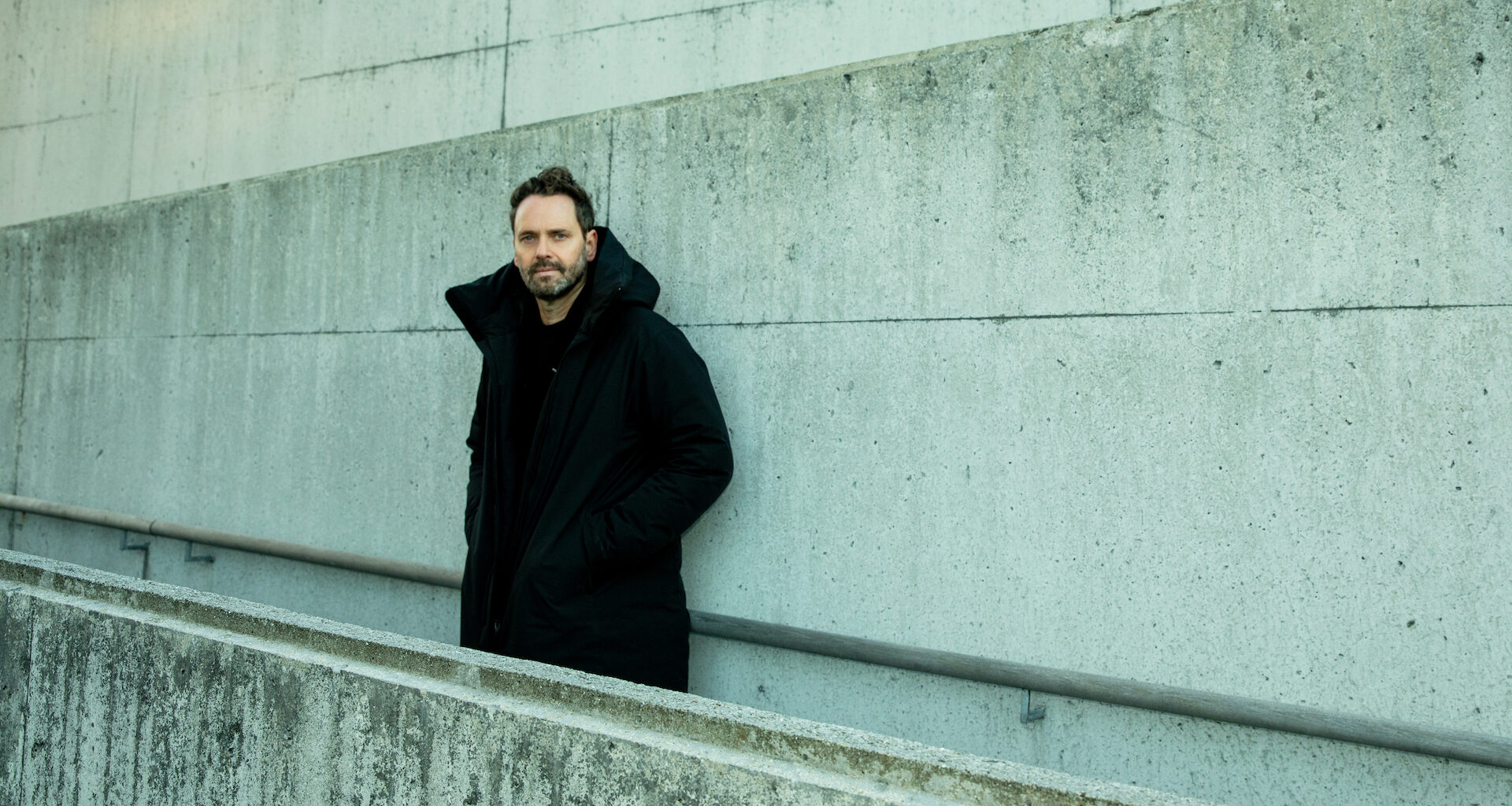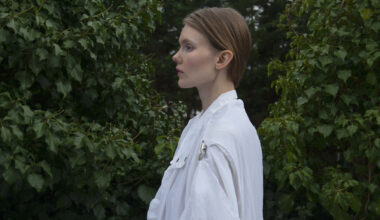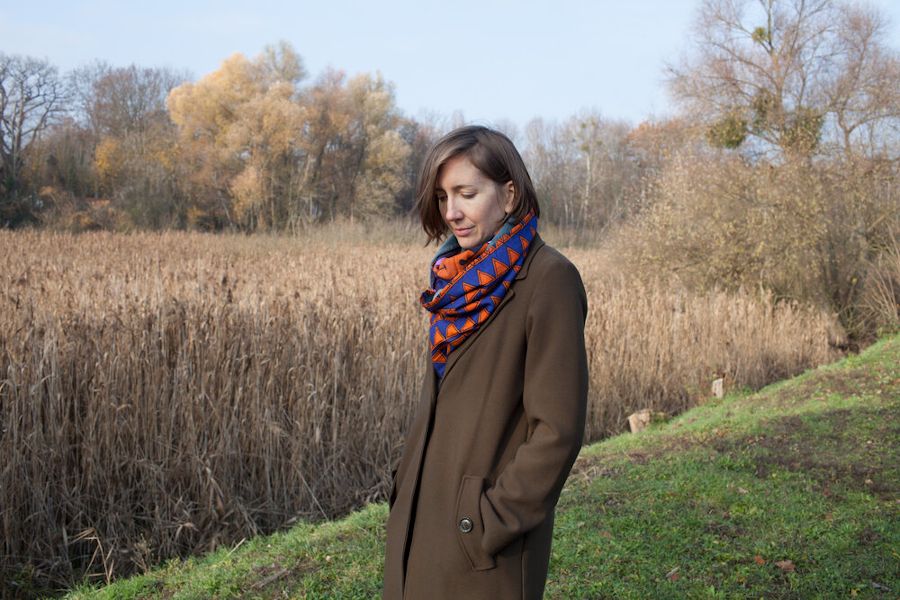“I always follow where the music takes me,” says Dustin O’Halloran, and it’s a statement which could apply as readily to the pianist and composer’s slow drift across the globe as to his ever-evolving sound, for which he first won attention with Dēvics, the band he formed alongside Sara Lov, who released their debut album in 1996 and went on to sign with Bella Union.
Born in Phoenix, Arizona, then resident in Los Angeles, O’Halloran later moved to rural Northern Italy for seven years, then on to Berlin for a decade, before decamping to Reykjavík in 2018, from where he now splits his time with Los Angeles again. His work has meanwhile pursued a similarly adventurous route, advancing soon after the turn of the century from Dēvics’ hazy dream pop to a series of increasingly ambitious solo albums, which in turn have led to an Oscar-nominated, Emmy-winning career as a composer of film and TV scores, as well as multiple dance and art projects. That’s not to mention his critically acclaimed collaboration with Stars Of The Lid’s Adam Wiltzie, A Winged Victory For The Sullen, an idiosyncratic, ambient orchestral project which has performed around the world.
FACTS
1. lives in Iceland
2. nominated for an oscar for his score for ‘Lion’
3. is one half of A Winged Victory For The Sullen
1. What is the biggest inspiration for your music?
This is something that changes over time for me. A lot of my past work was about time and memory, but at the moment, I think nature is giving me a lot of inspiration now – its timelessness.
2. How and when did you get into making music?
I had some basic piano lessons as a kid, which really sparked me, but it wasn’t until my first band, Devics, which I formed with singer Sara Lov, that I started thinking about music seriously. We did a lot of touring in Europe and ended up releasing a few records with UK label Bella Union. This really was my formative years of getting into music and writing, and then I was hooked.
3. What are 5 of your favourite albums of all time?
Yeah kind of impossible. But here are some that always stay with me:
Miles Davis – In a Silent Way
The Cure – Disintegration
Chopin – Nocturnes
Emahoy Tsegue-Maryam Geubrou – Piano Solo
Gavin Bryars – The Sinking Of The Titanic
4. What do you associate with Berlin?
Berlin was an incredible time of creating and discovery, sharing a studio with Hildur Guðnadóttir, Jóhann Jóhannsson, Yair Elazar Glotman, among others. So much music happened in that time for me, and it was a really special moment in Berlin.
5. What’s your favourite place in your town?
I always loved the canals that flow through Kreuzberg in summertime when everyone is out, and there is so much life happening.
6. If there was no music in the world, what would you do instead?
Cook or paint. Somehow there is a connection between this and music for me.
7. What was the last record/music you bought or listen?
I just got turned on to the Donald Byrd record ‘Electric Byrd,’ which is like a long-lost cousin of In A Silent Way. Great stuff.
8. Who would you most like to collaborate with?
I would love to work with a visual artist like Olafur Eliasson, someone taking you out of your comfort zone. Great music can happen that way. And I think he has a profound- but playfulness with his work that always feels like an immediate connection to people.
9. What was your best gig (as performer or spectator)?
When my other project, A Winged Victory for the Sullen, performed at The Royal Albert Hall for the PROMS some years ago with Nils Frahm, it was a pretty epic night. The acoustics are pretty incredible for such a large hall, and we had some of the dancers from Wayne McGregor’s ATOMOS, which we had scored the year earlier.
10. How important is technology to your creative process?
I am always somewhere between the acoustic and technological world. I love electronic music but usually come at it through analogue synths, tape delays, and this kind of thing. Of course, I can’t escape the computer, but I try to keep things as musical as possible. I can get lost in all these endless choices, and I don’t think that always makes for better music.
11. Do you have siblings and how do they feel about your music?
1 0 0 1 started as a dance piece with choreographer Fukiko Takase, and I was left with this music I was really happy with and was interested in releasing, so I started to work on it as a record. The project all began with our first conversations around the ideas brought up in the anime classic Ghost In The Shell. The ideas of mind-body dualism, the ideas of consciousness and technology, and what it will mean for us. We wanted to explore these ideas through music and dance. The visualization of dance is incredibly close to music in the way that it can create feelings without words, and it adds so much dimension to music. We first premiered it right before the pandemic, but of course, all future shows were cancelled. I felt really close to this project, so my idea to release it as a standalone album was to bring it back to life, and also the conversation escalated so quickly since our first premiere, I felt the timing was right.


